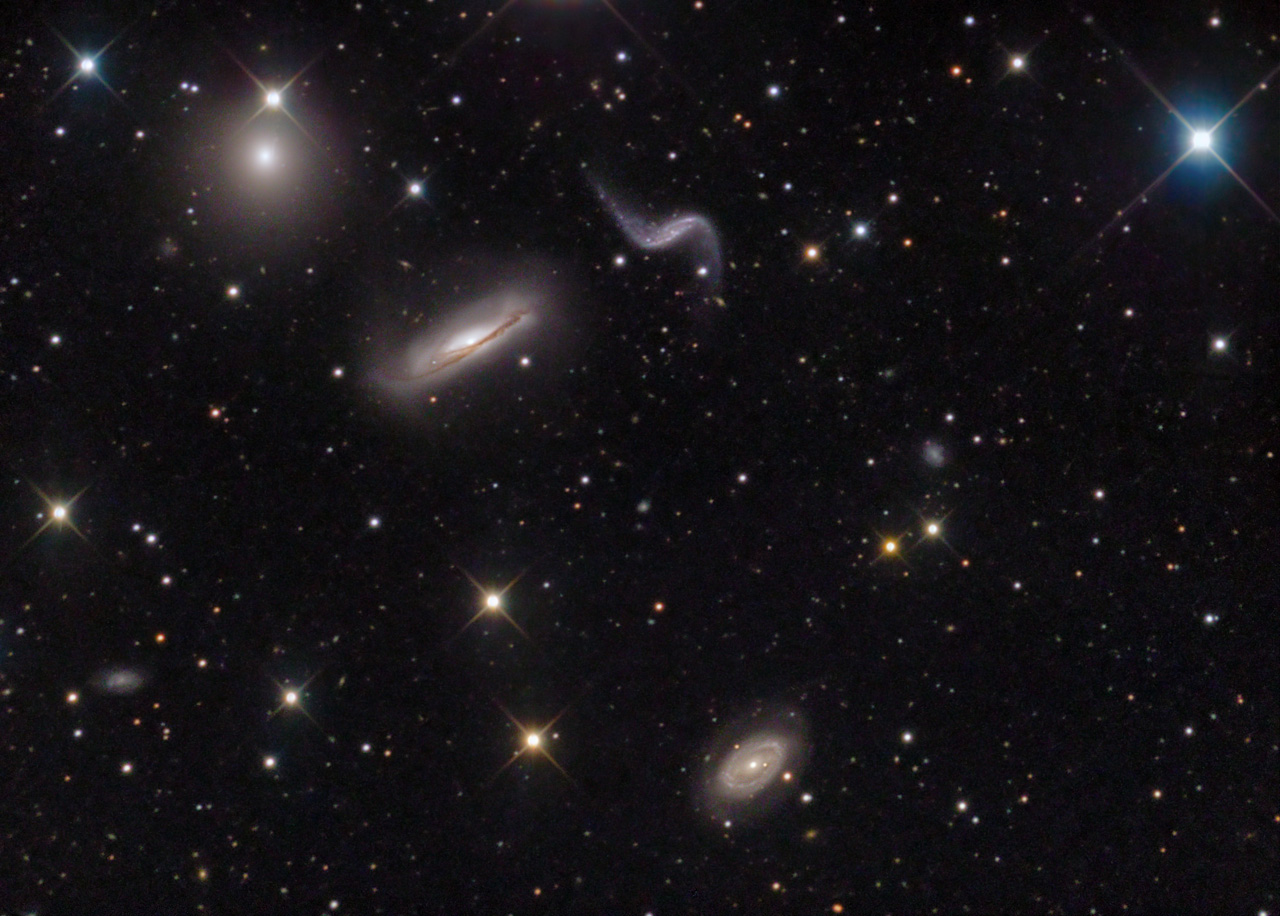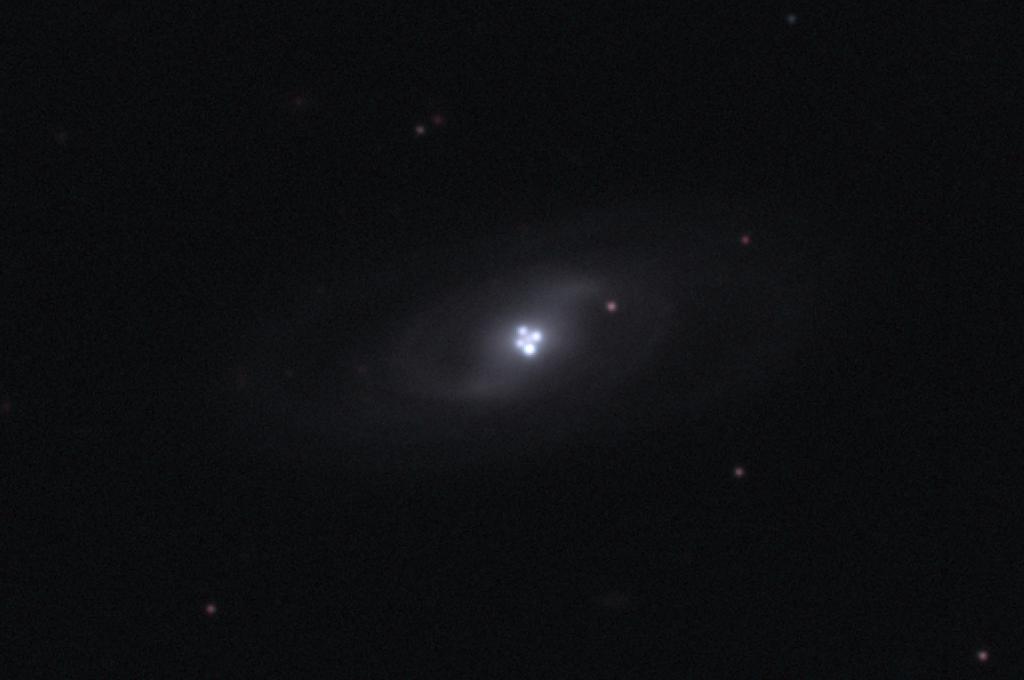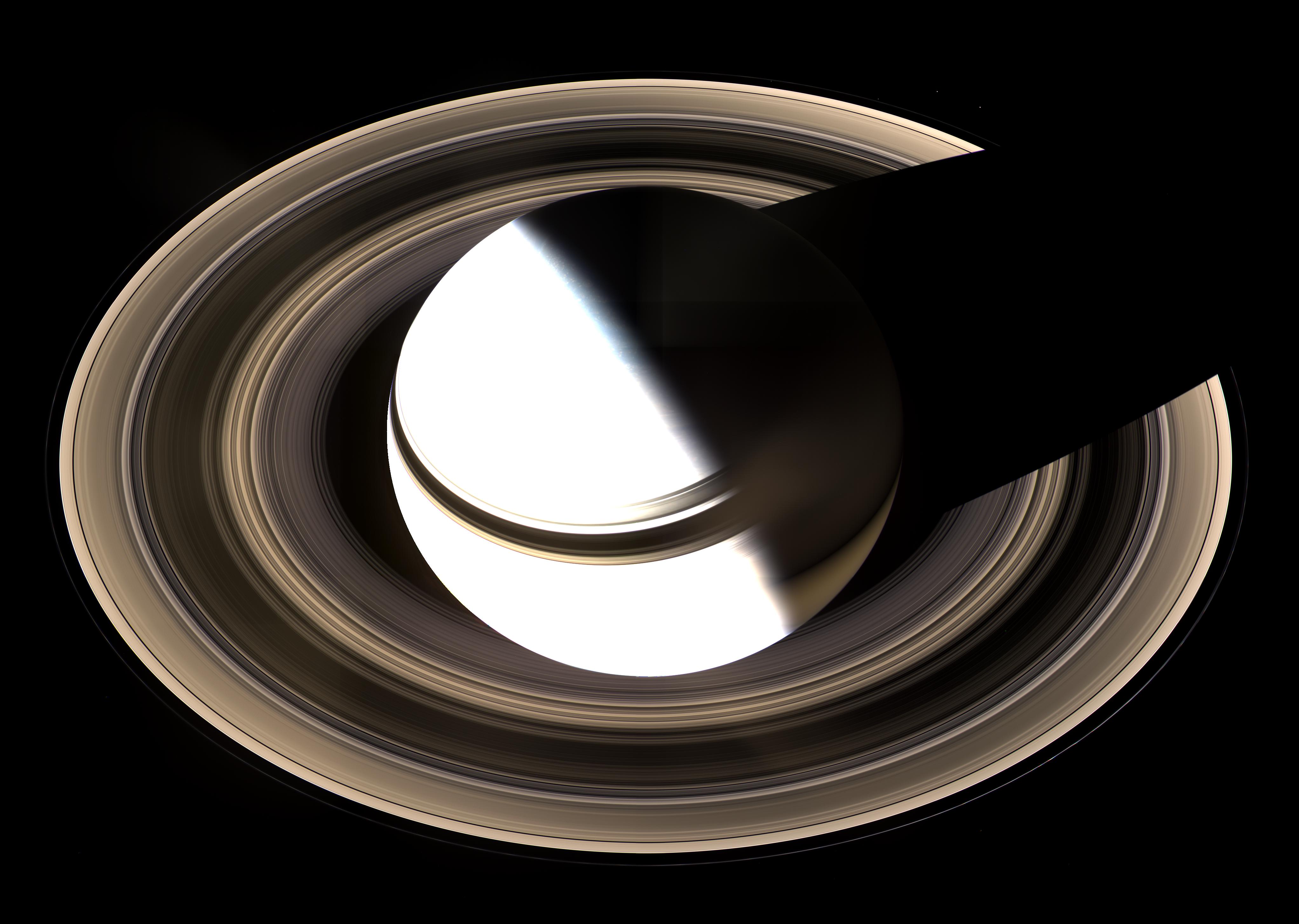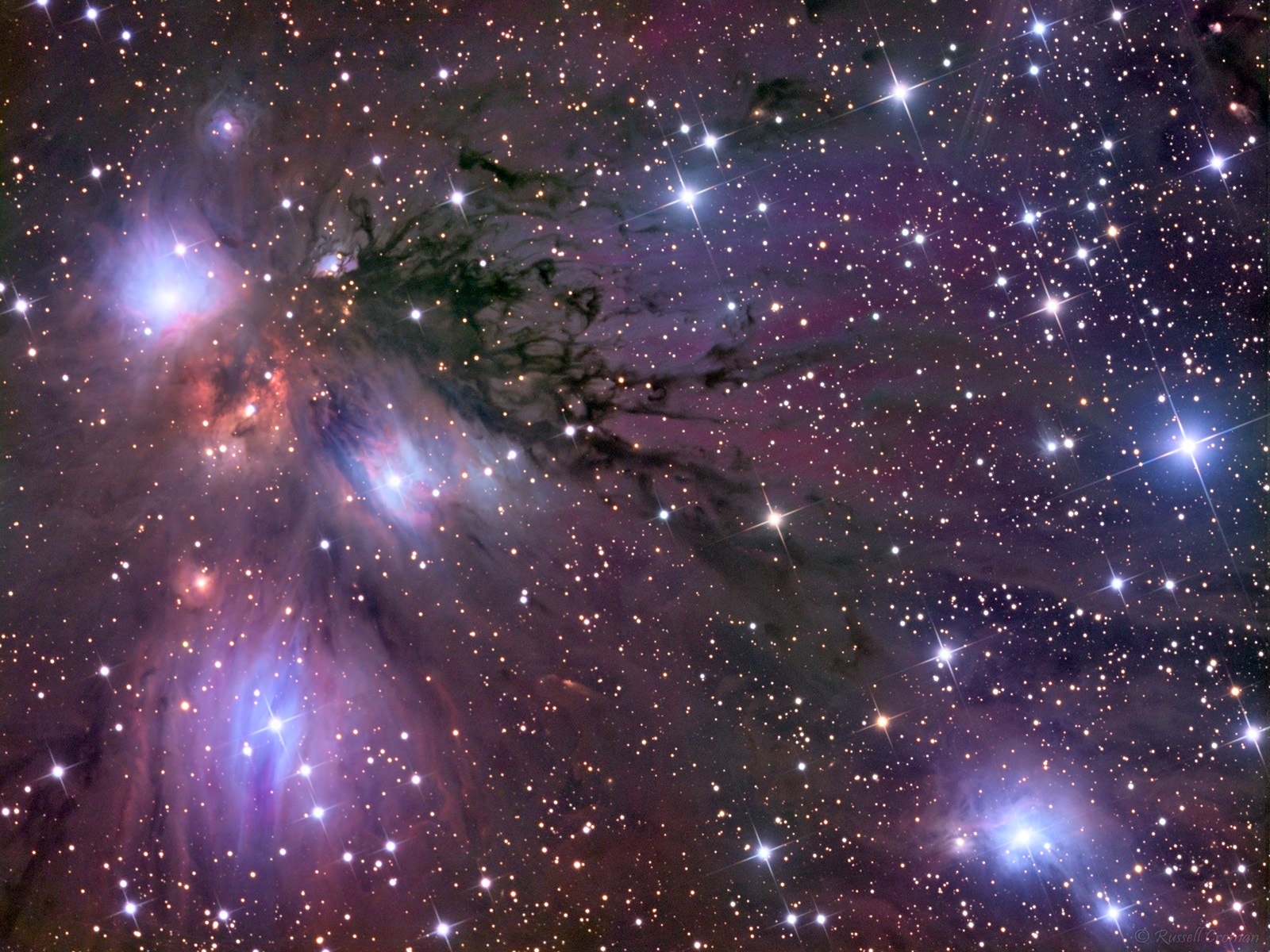 APOD 4.3 Galaxy Group Hickson 44
APOD 4.3 Galaxy Group Hickson 44I'm doing this APOD entry early because I won't be home this spring break-I'll be in EUROPE!!!!
Anyway, this APOD picture is of NGC 3190 Group, also known as Galaxy Group Hicksen 44. It is a group of galaxies instead of a cluster because it has more than two galaxies but less than the hundreds that make up a cluster. The Hicksen 44 Group is 60 million light-years away and is in the constellation of Leo. It contains several spiral galaxies as well as an elliptical galaxy, seen in the upper left. A more famous group of Galaxies is the Local Group of Galaxies which has over 30 galaxies including our own Milky Way, Andromeda, and the Magellanic Clouds. Many galaxies in compact groups like Hicksen 44 are either merging or being gravitaionally pulled apart.





